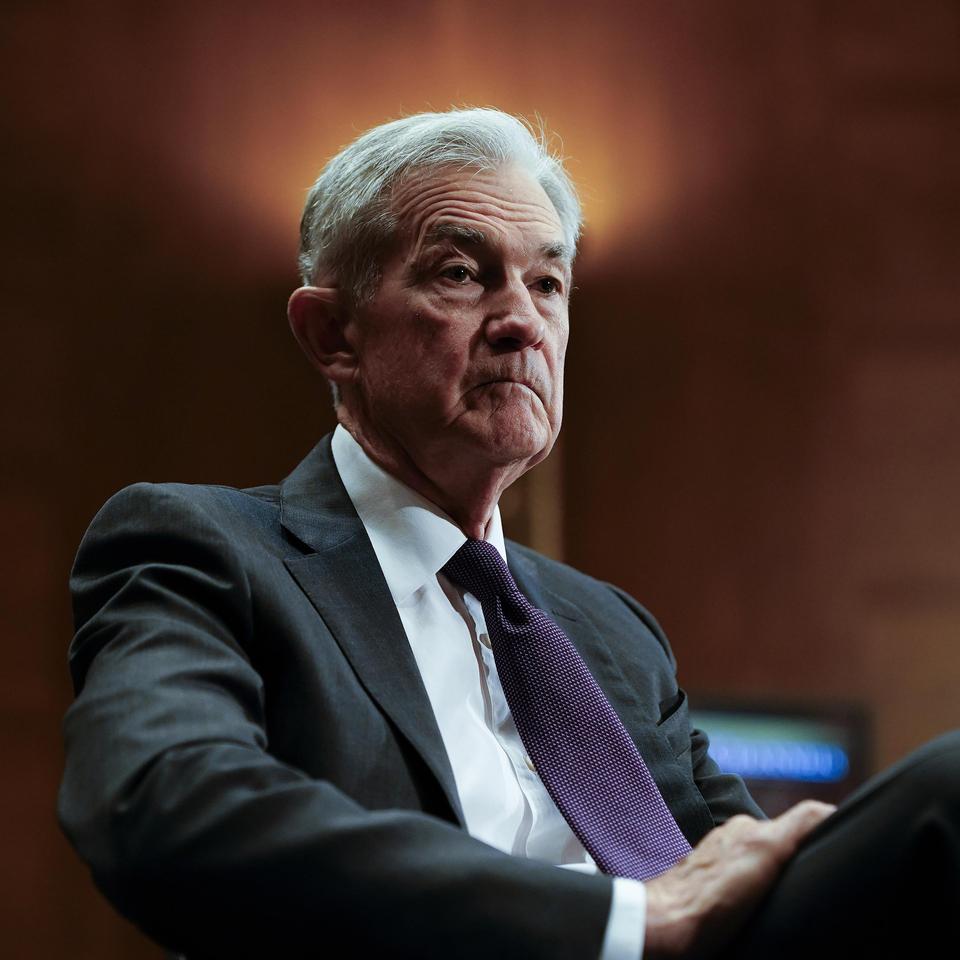
Introduction to Jerome Powell’s Role
As the Chairman of the Federal Reserve, Jerome Powell plays a pivotal role in shaping the economic landscape of the United States. His decisions directly impact interest rates, inflation, and employment rates, making his leadership crucial during volatile economic times. Following the COVID-19 pandemic, Powell’s strategies have garnered both praise and criticism as he navigates through unprecedented economic challenges.
Current Economic Context
In recent months, Powell has faced the task of controlling rising inflation, which soared to levels not seen in four decades. The Consumer Price Index reported an inflation rate of 8.3% year-over-year as of August 2022, prompting the Federal Reserve to begin a series of aggressive interest rate hikes. In September 2022, Powell announced one of the largest rate increases in decades—0.75%, aimed at curbing inflation without derailing economic recovery. His commitment to fighting inflation has solidified his reputation as a steadfast leader during uncertain times.
Impact of Powell’s Policies
Under Powell’s leadership, the Federal Reserve has also focused on balancing the need for economic growth while addressing inflation. His guidance on monetary policy has influenced markets worldwide and prompted discussions around the future of financial regulation. As the Fed endeavors to bring inflation down to its target of 2%, many economists predict a potential recession if rate hikes continue too aggressively. Powell has asserted, however, that the Fed will remain committed to its inflation targets to ensure long-term economic stability.
Challenges Ahead
Despite his strong stance, Powell has a challenging road ahead. The labor market is tight, with unemployment rates hovering around 3.5% as of recent statistics. While this showcases economic recovery, it also complicates Powell’s task of containing inflation without triggering job losses. The balance between these competing pressures makes Powell’s decisions keenly watched by investors and politicians alike.
Conclusion
Jerome Powell’s leadership is a critical factor in determining the trajectory of the U.S. economy, especially as inflation continues to be a top concern. His commitment to controlling rising prices while promoting sustainable growth will remain under scrutiny as the Federal Reserve adjusts policies in response to economic indicators. Financial analysts will continue to monitor Powell’s actions closely, as they hold significant implications for both the national and global economy. Observers can expect that Powell’s tenure will shape the economic conversation for years to come, making his decisions highly impactful.



